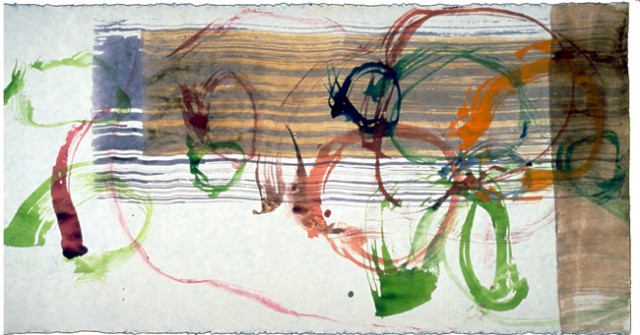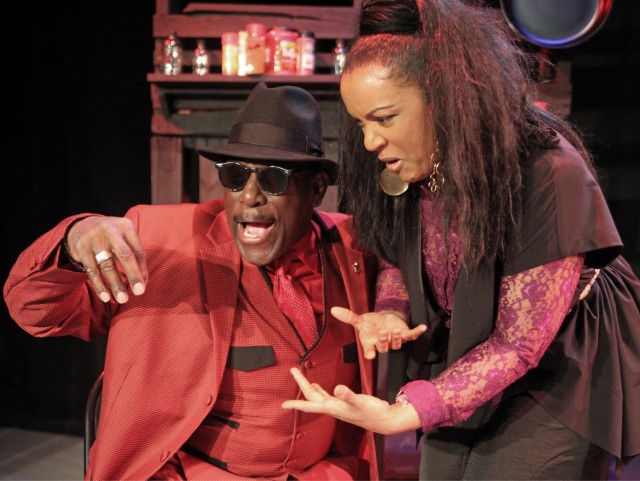NEXT WAVE FESTIVAL
BAM Howard Gilman Opera House
30 Lafayette Ave. between Ashland Pl. & St. Felix St.
November 1-3
718-636-4100
www.bam.org
www.grupocorpo.com
It might have taken us two and a half hours to get to BAM from Midtown Manhattan on Thursday night, but it was worth every second to see one of the world’s most innovative and entertaining dance troupes. Brazil’s Grupo Corpo, which was founded by Paulo Pederneiras in Belo Horizonte in 1975, has dazzled us before at BAM, in 2002 with 21 and O Corpo, in 2005 with Lecuona and Onqotô, and in 2008 with Benguelê and Breu, and they’ve done it again with the premieres of Ímã and Sem Mim, both choreographed by Paulo’s brother, Rodrigo Pederneiras, with artistic director Paulo handling the set and lighting design. Ímã, which means “magnet” in Portuguese, is a gorgeous interplay of attraction and repulsion, the movement flowing out and up from the lower half of the body as the dancers, primarily in pairs, join together, then thrust apart, the men bare-chested in jeans, the women also in jeans with tight tank tops of assorted hues that contrast and coordinate with the lush lighting that beams bold blues, greens, pinks, purples, oranges, and reds against the back screen, making the stage a bath of vibrant color. Mixing ballroom and ballet with Afro-Brazilian and contemporary styles, the company performs seemingly impossible twirls and awe-inspiring leg- and footwork to a percussion-heavy electronic score by the trio +2. Ímã is an energetic, energizing piece that deftly displays the vast athleticism of the dancers and the sheer joy of movement.
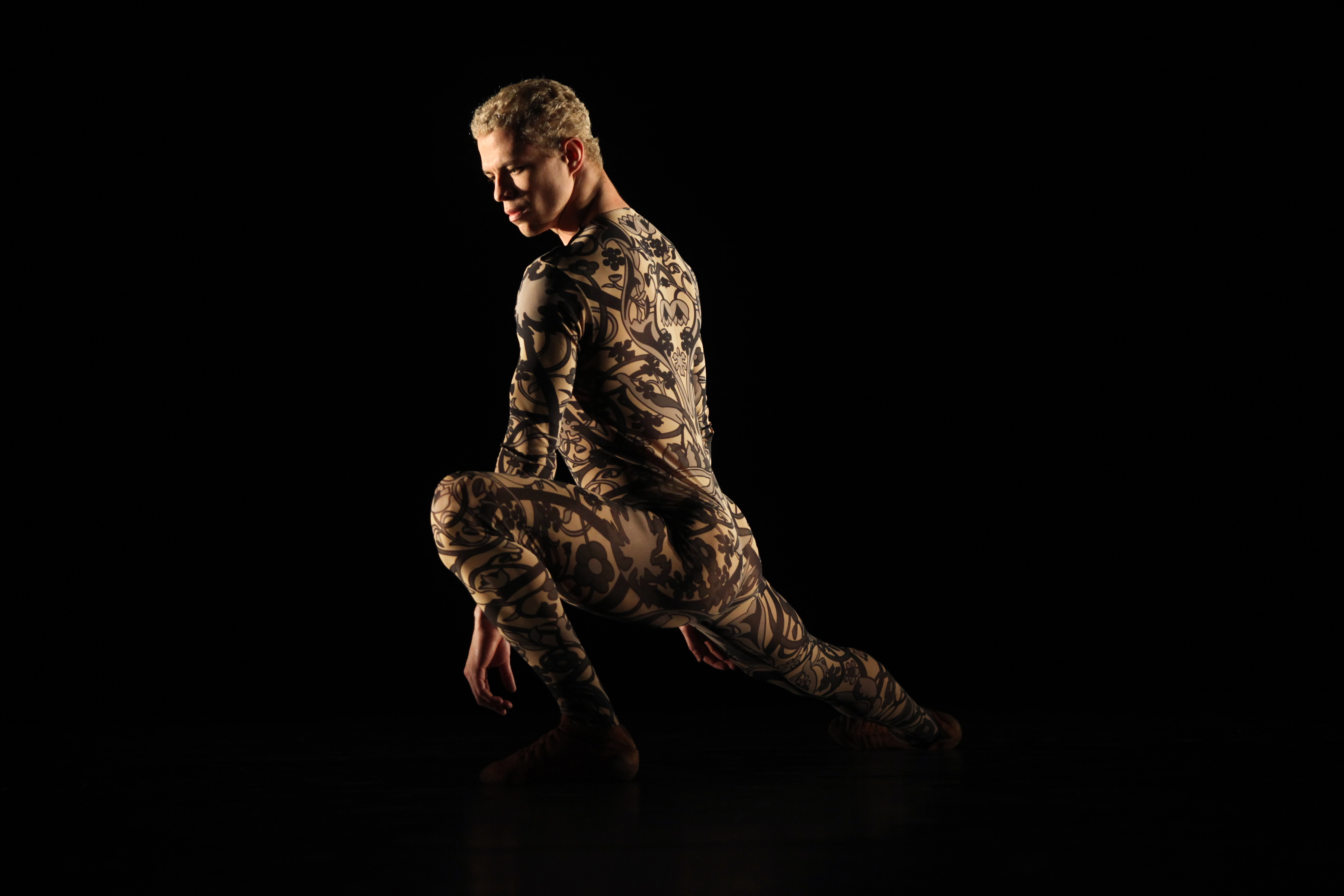
Uátila Coutinho shows off Freusa Zechmeister’s unique costuming in Grupo Corpo’s SEM MIM (photo by Julieta Cervantes)
After intermission, Grupo Corpo returns with Sem Mim, a more delicate, intimate work inspired by Sea of Vigo, a thirteenth-century Galician-Portuguese song cycle by Martín Codax about maidens awaiting their lovers to come back from across the sea. The stage is now all black, save for a silvery fabric that serves as clouds, mountains, waves, and other natural elements. The dancers are wearing Freusa Zechmeister’s tight-fitting, heavily designed unitards emblazoned with colorful ornaments that look like they’re tattooed right onto their sleek bodies. There is more separation between men and women as they move slower to an original score by bagpiper Carlos Núñez and regular Grupo Corpo collaborator José Miguel Wisnik, highlighted by a central section in which a couple performs a romantic pas de deux in a makeshift cave. Ímã and Sem Mim are like a magnetic pas de deux of their own, two exquisite pieces from a supremely talented troupe. And although it’s probably unfair to single out one of the twenty-one dancers, Uátila Coutinho’s work in both pieces was simply breathtaking, a marvel to behold. (Oh, and getting back to Manhattan was much easier by getting on the BAM bus, which costs $7 and can be reserved either in advance or at the theater.)
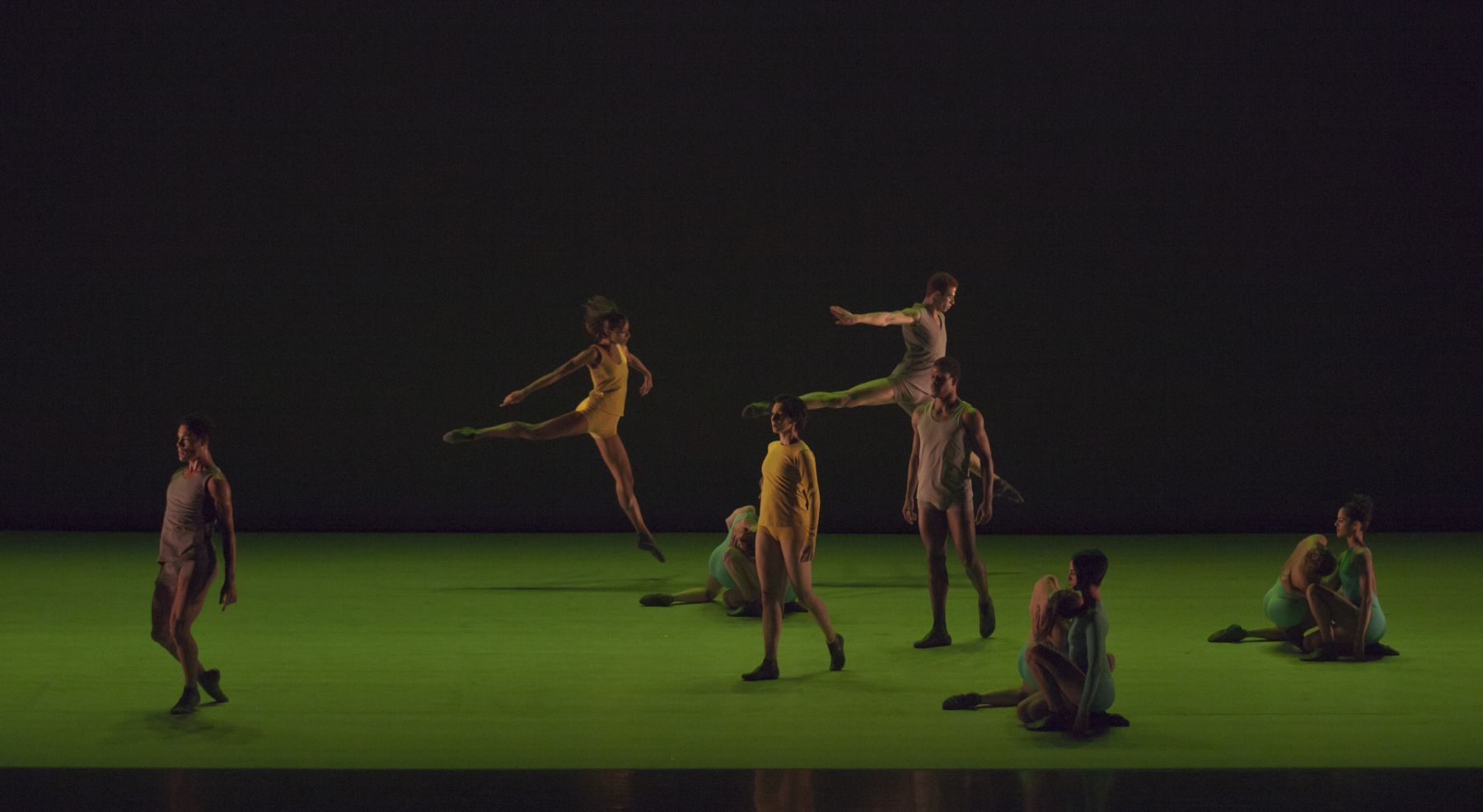
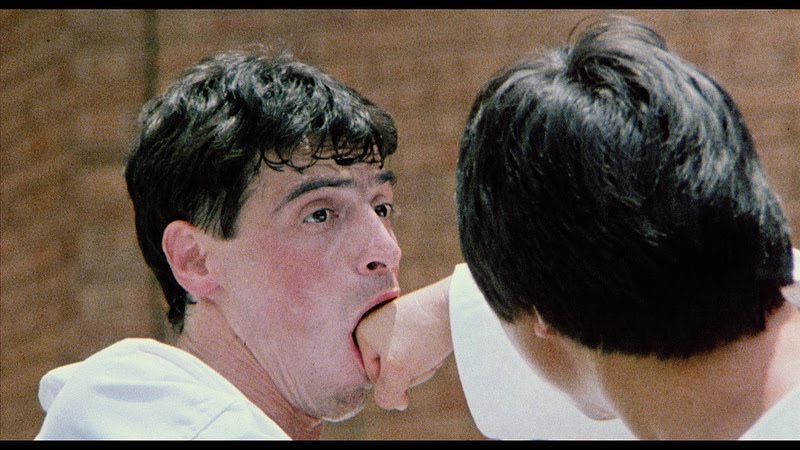
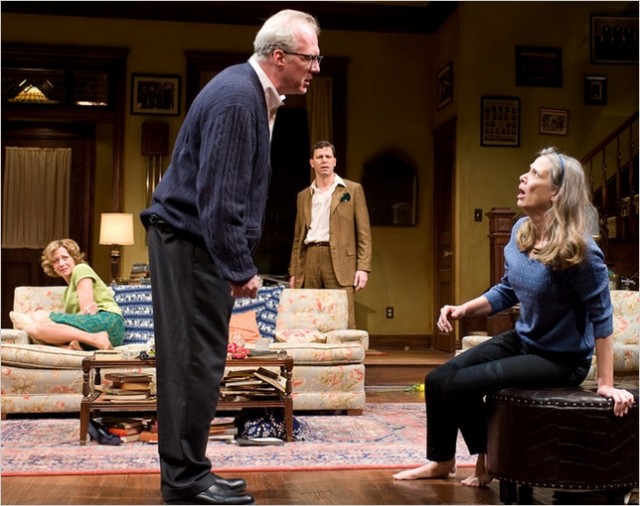
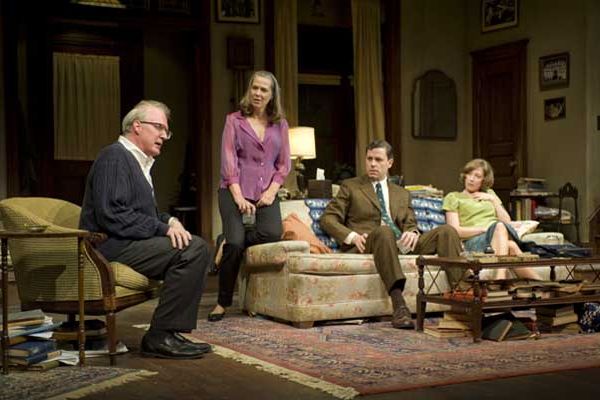
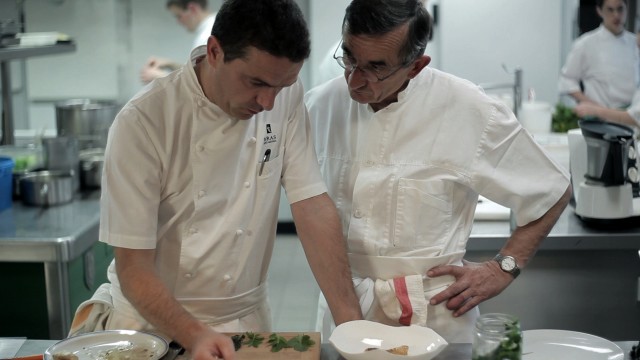
 Culinary documentarian Paul Lacoste details the handing over of a world-renowned restaurant business from father to son in the appetizing if not wholly satiating Step Up to the Plate. In 1999, Lacoste kicked off his “Inventing Cuisine” series with an inside look at gourmet chef Michel Bras, followed by episodes focusing on Pierre Gagnaire, Gérald Passédat, Michel Troisgros, Olivier Roellinger, Michel Guérard, Pascal Barbot, Alain Passard, and Nadia Santini. Ten years later, when he learned that Michel was retiring and his son, Sébastien, would be taking over, Lacoste asked if he could document the transition, resulting in the Bras family welcoming the director into their restaurants and homes, although the results are sometimes surprisingly distant and empty rather than intimate and revealing. Over the course of four seasons, Lacoste follows Michel and his wife, Ginette, and Sébastien and his wife, Véronique, and their two kids from their franchise three-Michelin-star restaurant in the Aubrac region in the south of France to the glorious, stunning Michel Bras Toya Japon situated atop a mountain in Japan. Much of the film focuses on Sébastien creating a new dish, a special request from the director; the deeply intent chef stares at the plate, knowing something is missing but not sure what it is, the camera lingering, a bit too long, on his consternation. When he ultimately brings the dish to his demanding father, Sébastien declares, “Stop looking, taste it! Food is for eating,” to which Michel responds, “But you look at it first, you know.” It is fascinating to watch just how central a role food as both reality and concept plays in this close family’s life, especially as they entertain thoughts of a fourth generation someday grabbing the reins. But while Step Up to the Plate will leave you hungry to eat at their restaurants, it will also leave you hungry for more from the film itself. Step Up to the Plate is screening on October 30 at 12:30, 4:00, and 7:00, concluding FIAF’s “Films for Foodies!” series; the 7:00 show will be presented by chef Jean-Louis Gerin, curator John Mariani, and film producer Jaime Mateus-Tique. [Ed. note: Because of Hurricane Sandy, this presentation has been canceled.]
Culinary documentarian Paul Lacoste details the handing over of a world-renowned restaurant business from father to son in the appetizing if not wholly satiating Step Up to the Plate. In 1999, Lacoste kicked off his “Inventing Cuisine” series with an inside look at gourmet chef Michel Bras, followed by episodes focusing on Pierre Gagnaire, Gérald Passédat, Michel Troisgros, Olivier Roellinger, Michel Guérard, Pascal Barbot, Alain Passard, and Nadia Santini. Ten years later, when he learned that Michel was retiring and his son, Sébastien, would be taking over, Lacoste asked if he could document the transition, resulting in the Bras family welcoming the director into their restaurants and homes, although the results are sometimes surprisingly distant and empty rather than intimate and revealing. Over the course of four seasons, Lacoste follows Michel and his wife, Ginette, and Sébastien and his wife, Véronique, and their two kids from their franchise three-Michelin-star restaurant in the Aubrac region in the south of France to the glorious, stunning Michel Bras Toya Japon situated atop a mountain in Japan. Much of the film focuses on Sébastien creating a new dish, a special request from the director; the deeply intent chef stares at the plate, knowing something is missing but not sure what it is, the camera lingering, a bit too long, on his consternation. When he ultimately brings the dish to his demanding father, Sébastien declares, “Stop looking, taste it! Food is for eating,” to which Michel responds, “But you look at it first, you know.” It is fascinating to watch just how central a role food as both reality and concept plays in this close family’s life, especially as they entertain thoughts of a fourth generation someday grabbing the reins. But while Step Up to the Plate will leave you hungry to eat at their restaurants, it will also leave you hungry for more from the film itself. Step Up to the Plate is screening on October 30 at 12:30, 4:00, and 7:00, concluding FIAF’s “Films for Foodies!” series; the 7:00 show will be presented by chef Jean-Louis Gerin, curator John Mariani, and film producer Jaime Mateus-Tique. [Ed. note: Because of Hurricane Sandy, this presentation has been canceled.]
